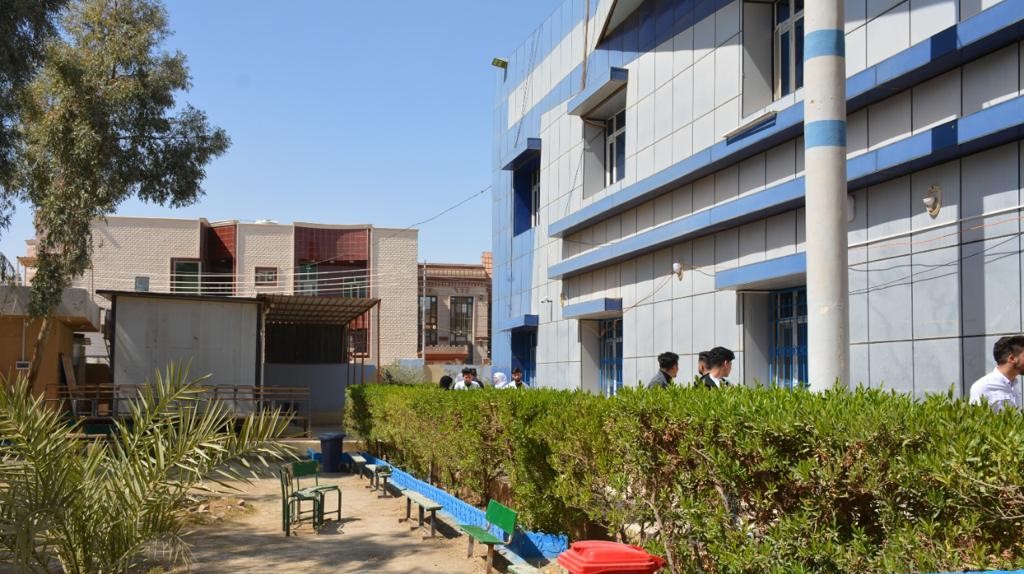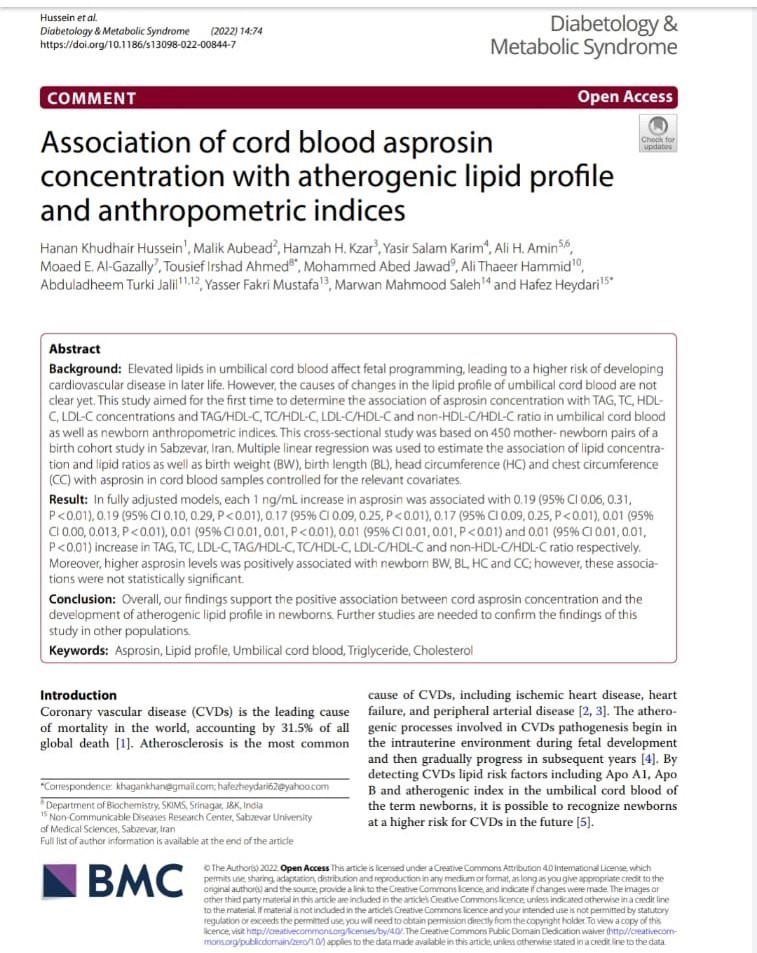
Enterotoxigenic E. coli in children
Enterotoxigenic E. coli in children
. Ola Jamil JubeirAssistant Lecturer
Enterotoxigenic Escherichia coli: It is the strains that cause diarrhea and dehydration in infants in hot countries with poor health. This strain attaches to the cells of the small intestine and multiplies on its surface and excretes toxins, which leads to a severe imbalance in the lining of the intestine and severely affects the mechanisms of Excretion and absorption, these strains are the cause of frequent diarrhea in humans and animals alike, as this strain causes 600 million cases of diarrhea and 800,000 deaths annually worldwide in children under the age of five in developing countries, contaminated weaning foods are the main cause of infant infection , Contaminated water and hands contaminated with feces through contact is one of the rare causes of infection (Welch, 2006; W.H.O., 1999).
This strain is the most important cause of diarrhea for travelers that affects those coming from industrialized countries to hot areas. ETEC causes watery diarrhea that can be mild in nature or sometimes be severe, such as symptoms of cholera, as it causes rapid dehydration that can lead to death, and in Endemic areas Diarrhea is the main cause of travelers' diarrhea in adults who visit endemic areas (Welch, 2006).
The reason for the danger of this strain is due to its possession of virulence factors such as heat_labile enterotoxin (LT), which is similar in structure and function with the toxins secreted by cholera, in addition to the enterotoxin LT secreted by ETEC heat_stabile enterotoxin strains, which also contribute to the occurrence of watery diarrhea, which is Toxins STa, STs and STb strains of ETEC Children and infants under the age of 5 years are the most affected by them. Fever and symptoms last for less than 5 days (Welch, 2006; Sixma et al., 1993; Spangler et al., 1992).
The most important strains belonging to this group, which were found in isolates that cause diarrhea in humans, are O157, O111, O104 (Benenson, 2011), and there are also other strains isolated from diarrhea isolates, namely O26, O103, O113, where these strains possess virulence factors represented by unstable toxins. Heat_ labile toxin Heat_ stable toxin Adhesive factors CFAI, CFAII andE8775 that help in causing injury (Nataro and Kaper, 1998)

